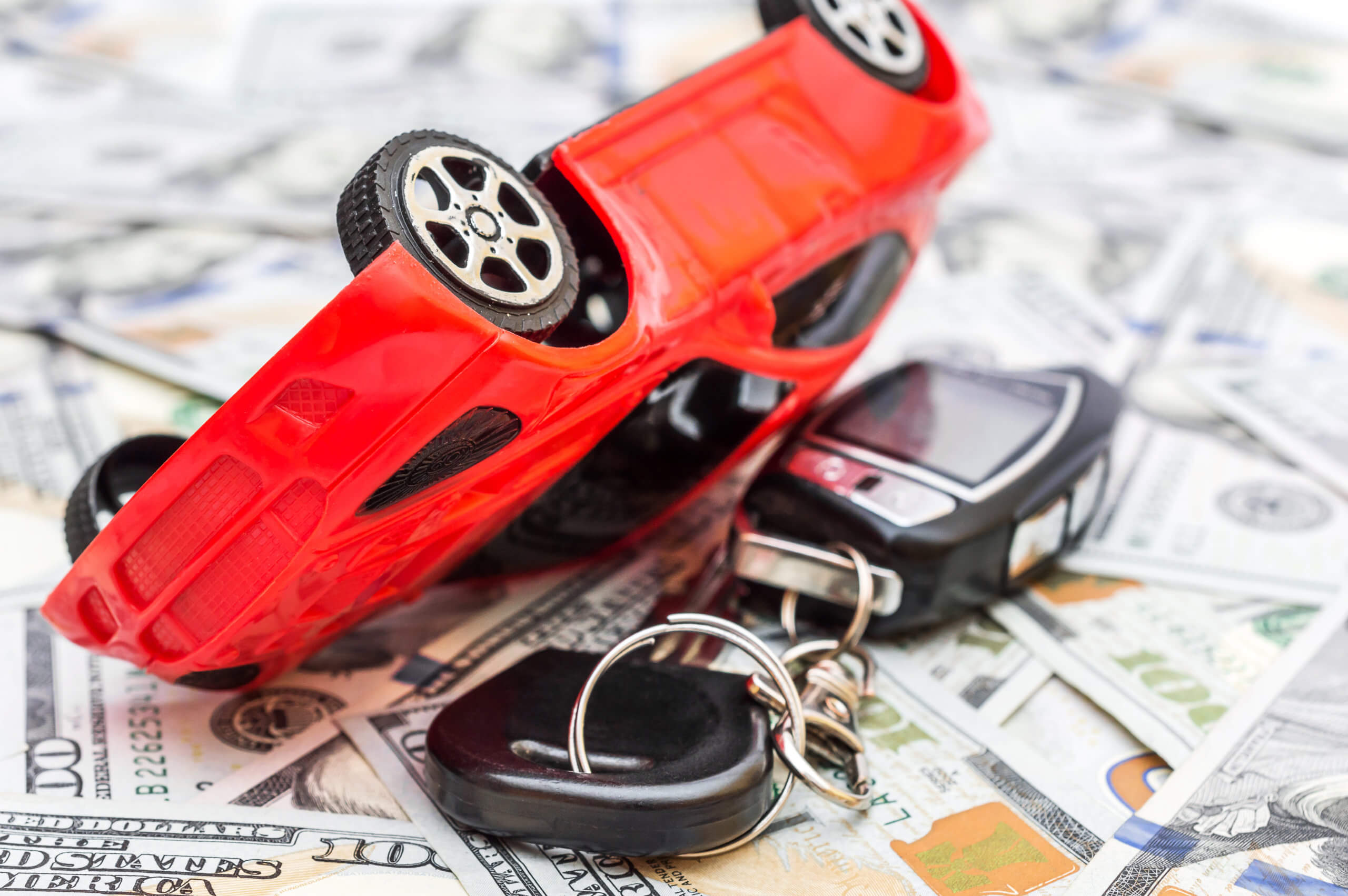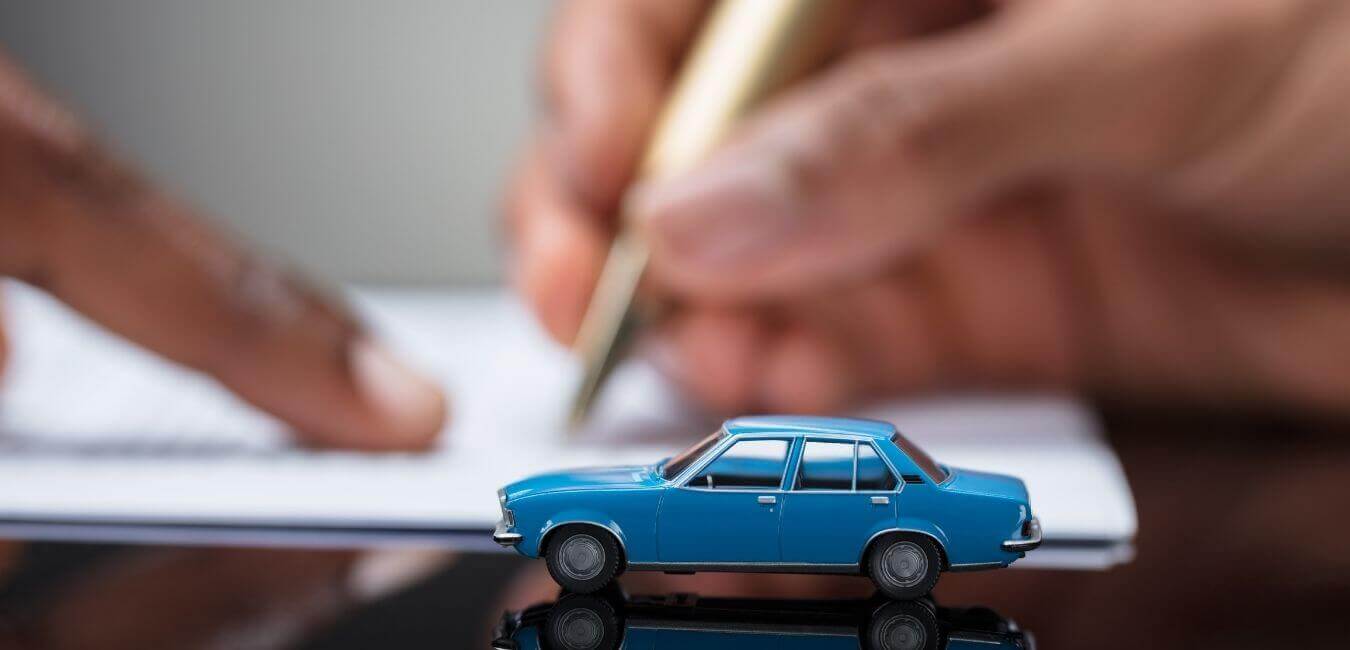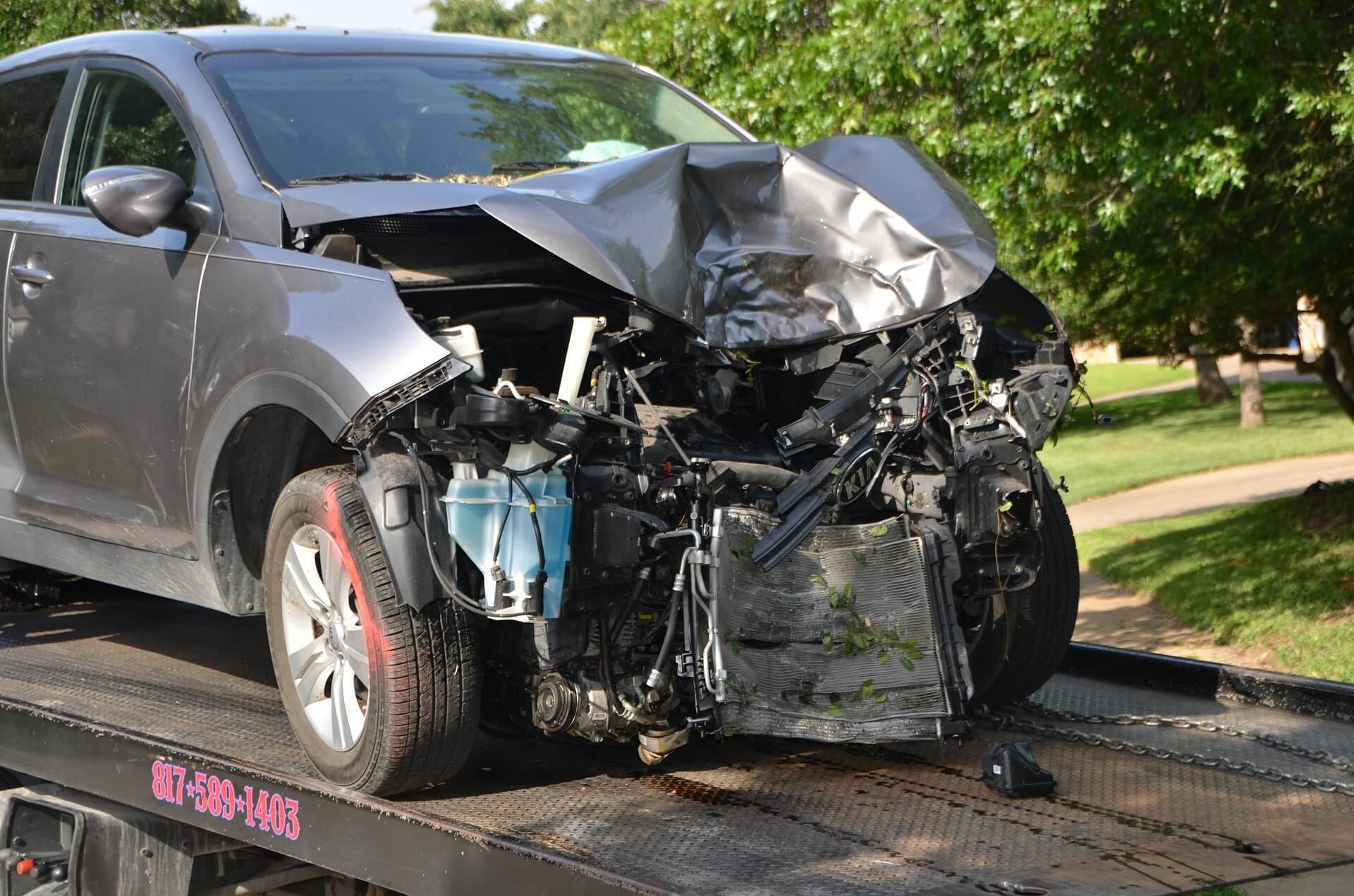
5 Options to Get Out of Your Upside-Down Car Loan
Friday, Jun 20 2025
Sometimes referred to as having “negative equity” or being “underwater on your loan,” an upside-down car loan means you owe more for your car than it’s worth. Getting upside down can happen because of depreciation to the vehicle or lousy loan terms.
You may feel torn between two undesirable options: making regular payments while potentially losing equity or selling the car at a loss. But those aren’t your only options.
While repaying the full balance on your car loan may be inevitable, certain ways of dealing with it when you are underwater on your car loan are better than others.
The Focus Federal Credit Union provides five strategies to get you driving your finances in the right direction.
Determine How Much Your Car Is Worth
You’ll want to start by determining how far underwater you are. To do this, you’ll need to determine the value of your car and the amount remaining on your loan.
You’ll want to check more than one resource to get a better idea of your car’s actual value. A few options are:
- Edmunds. They use “true market value” pricing, based on dealerships and dealer data from across the country, to show the average price paid for a car in your area.
- Kelley Blue Book. Kelley Blue Book offers a car value calculator, often considered the gold standard, showing trade-in, private party, and certified pre-owned car pricing. Estimates are constantly being updated based on real-time data.
- National Automobile Dealers Association Guides. Derived from data from millions of used car transactions, they provide an estimated value of what you can expect to get paid for your vehicle.
Before jumping online, make sure you have the:
- Year, Make, and Model. The make refers to the manufacturer or brand, For example, Ford. The model relates to a specific version or line of the brand, like the F-Series. You may find this information on the exterior decal of your car or in your owner’s manual.
- Color and Options. You’ll need your car’s color. Manufacturers have unique color names, so instead of white, you’ll want to know if it’s Ford’s oxford white, star white, space white, or avalanche. And a list of your vehicle’s optional equipment, such as sunroof, leather, or other add-ons that can impact value.
- Vehicle Condition. Pricing guides vary in how they describe the condition of vehicles. Read the descriptions and be honest when evaluating your car.
- Mileage. The average driver travels 14,000 miles per year. The value of your car is likely to decrease if you drive more, and it may be higher if you drive less.
- VIN Number. If you have your vehicle’s VIN number, you may be able to simply provide it and most of the other information needed will be automated.
Next, you need to find the balance on your car loan. This amount is on your loan statement. Subtract the estimated value of your car from the remaining loan balance you owe, or, rather, the amount you are upside down.
Let’s say you do the research and learn that the market value of your car is roughly $20,000. If you owe $25,000 on your loan, then you are $5,000 underwater, or you have $5,000 in negative equity.
5 Strategies for Managing Upside-Down Car Loans
Now that you know how much you’re underwater, let’s look at five strategies to help you out of your situation.
1. Prioritize Loan Repayment
Chipping away at negative equity isn’t easy, but every little bit will help. Focus your efforts and channel the extra cash toward your car loan. Consider:
- Cutting the Extras. Think streaming services, takeout, and entertainment, and put the savings toward your debt.
- Rounding Up Your Car Payment. If your auto loan is $275 each month, bring the number up to $300. The difference won’t break your budget but will knock away at the debt.
- Boosting Your Income. If getting a raise at work isn’t an option, consider earning extra money from dog walking, tutoring, or another side hustle.
- Selling What You No Longer Need. Take a look around. Do you have clothing, shoes, pet supplies, or gym equipment you no longer use? Can you thin out your home décor? Post online and sell it.
2. Refinance Your Loan
When you refinance your car loan, you’re swapping your existing auto loan for a new one. You use the new auto loan to pay off the balance of the original loan. Refinancing is relatively simple. If interest rates have dropped or your credit has improved since you took out your loan, refinancing could be a smart choice.
Refinancing with a better interest rate or longer terms won’t reduce the remaining loan balance, but it may help you get right-side up. Be sure to compare the current costs vs. the refinance’s total costs. You’ll want to account for loan fees and the new rate to ensure you are getting a net benefit from refinancing.
3. Get Gap Insurance
Call your insurance agent and see if you signed up for gap insurance. Gap insurance is an add-on coverage which can help cover the “gap” between the financed amount owed on your car and your car’s actual cash value.
Meaning if you’re in an accident or your car is stolen, this coverage will help pay the gap between the depreciated value of your vehicle and what you still owe on the car.
You’ll still need to pay down your loan, but it will provide an extra layer of protection if something happens while you’re paying off your car loan.
4. Sell or Trade-In Your Vehicle
One way to get out of an upside-down vehicle is to sell or trade it in. Focus on getting the highest price to help cover more of the loan balance. The buyer will pay the total amount to the lender.
If you’re short, you’ll likely have two options: pay the difference or roll the negative equity into your new car loan.
Take caution with the latter route since it usually means borrowing more on your next loan, putting you at risk of becoming upside down on your new loan. Try to postpone getting another car until you have positive equity.
5. Negotiate With Your Lender
Call and speak with your lender about your situation. Be honest and explain your situation. Your lender may be able to help with a temporary solution, such as pausing or reducing your payment amount for a specific period of time. The range of options will vary by lender, so it’s crucial to communicate with your lender as soon as you identify the problem.
The Focus Federal Credit Union Can Help
Trying to escape from an underwater car loan can be incredibly stressful. Rather than opting for a quick but costly solution, Focus Federal Credit Union can help you consider all your options to find the best repayment method.
Whatever your decision, understanding the options can help you make the best use of your time and money as you work toward turning your underwater loan around. Let’s connect to help you get right side up again.




